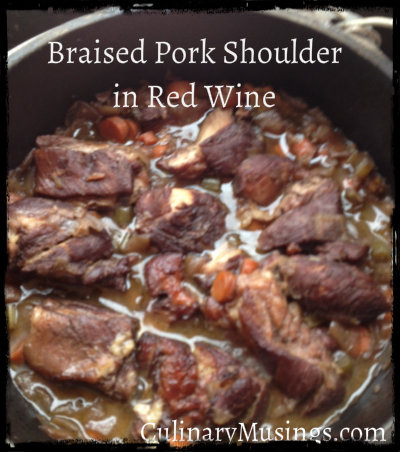Latin influenced menus are enjoying great success in the culinary world today - and can be traced back to the homeland. South American-born chefs who perhaps started in an entry-level position in a restaurant now find themselves on the front lines, creating dishes and menus to tempt palates from all walks of life. They have brought with them a fusion of culture and a passion for preparing authentic cuisine.
There are several dishes and ingredients which are considered mainstays in the heart of the Latin chef. Such recipes often rely on tried and true common foods while at the same time lending colorful inspiration and a flair for the unusual.
Want to learn about some of the unusual ingredients that make Latin cuisine special? Read on.
Calabaza
Calabaza, referred to as "the green pumpkin," is often used by South American chefs in lieu of traditional pumpkin. Renown for its firm yet succulent flesh, calabaza can be found in a variety of dishes. Primarily, it serves as a hearty base for soups and stews, though it is not uncommon to find it on the dessert cart. The meat of the calabaza can also be ground into a paste, making it a wonderful candidate for a tasty fritter at the end of a meal.
Bacalao
Bacalao, simply translated, means "cod fish." However, this particular version of cod fish has been preserved in salt and air-dried. The salty flavor of bacalao lends itself well to recipes that call for sweet and light sauces, as the two conflicting flavors fuse together to create a spectacular taste sensation.
Dominican Salads
Ensalada Rusa is a favorite among Dominicans. Quite literally, it means "Russian salad," and to this day remains a staple at Dominican celebrations and on the Christmas table. Ensalada Rusa is created from pure and simple ingredients, such as potatoes, sweet corn, and occasionally, apples. Normally reserved for special occasions, it is an intriguing find on a restaurant menu for a Dominican-American conjuring up memories of home.
Pork
Pork holds one of the highest ranks in traditional Latin fare. Renown for its multiple uses and pleasing flavor, no Latino kitchen would be complete without the aroma of a pork dish cooking. Some comon ways to prepare pork include grilling pork ribs, pulled pork tacos and chorizo. The term "chorizo" encompasses many varieties of pork sausages. Spanish chorizo imparts a distinctive, smoky flavor and gets its infamous red color from Spanish paprika. Since pork is tender and has a natural, subtle flavor, marinades are often used to enhance the taste of the meat. Chimichurri sauce, which consists of a selection of herbs, garlic, and vinegar, brings out the flavor of the pork without being overpowering.
Tapas
Tapas are traditionally considered a light snack eaten in between meals to ward off hunger and sustain energy throughout the day. A usual selection of tapas consists of marinated olives, roasted nuts, cold cuts, and fresh fruit. However, tapas seem to be making its way into modern cuisine, bringing with it a wider array of food choices. Today's chefs have created a booming industry centered around the traditional Latin appetizers as well as discovered an exciting way to bring the past into the 21st century.
A Traditional Cuisine Revisited
Latin cooking has made a major comeback on menus all over the world, from downtown bistros to upscale restaurants, hotels to spas and resorts. Chefs have learned how to put an edgy spin on historic, regional dishes and make them accessible to people who normally would not be able to experience the beauty and warmth offered by this history-steeped cuisine. Latin cooking fuses tradition with taste - and Latin chefs take pride in knowing that the cooking that comes from their hearts is making an impact in the world of food. America embraces this passion and looks forward to an era filled with flavorful adventures.







